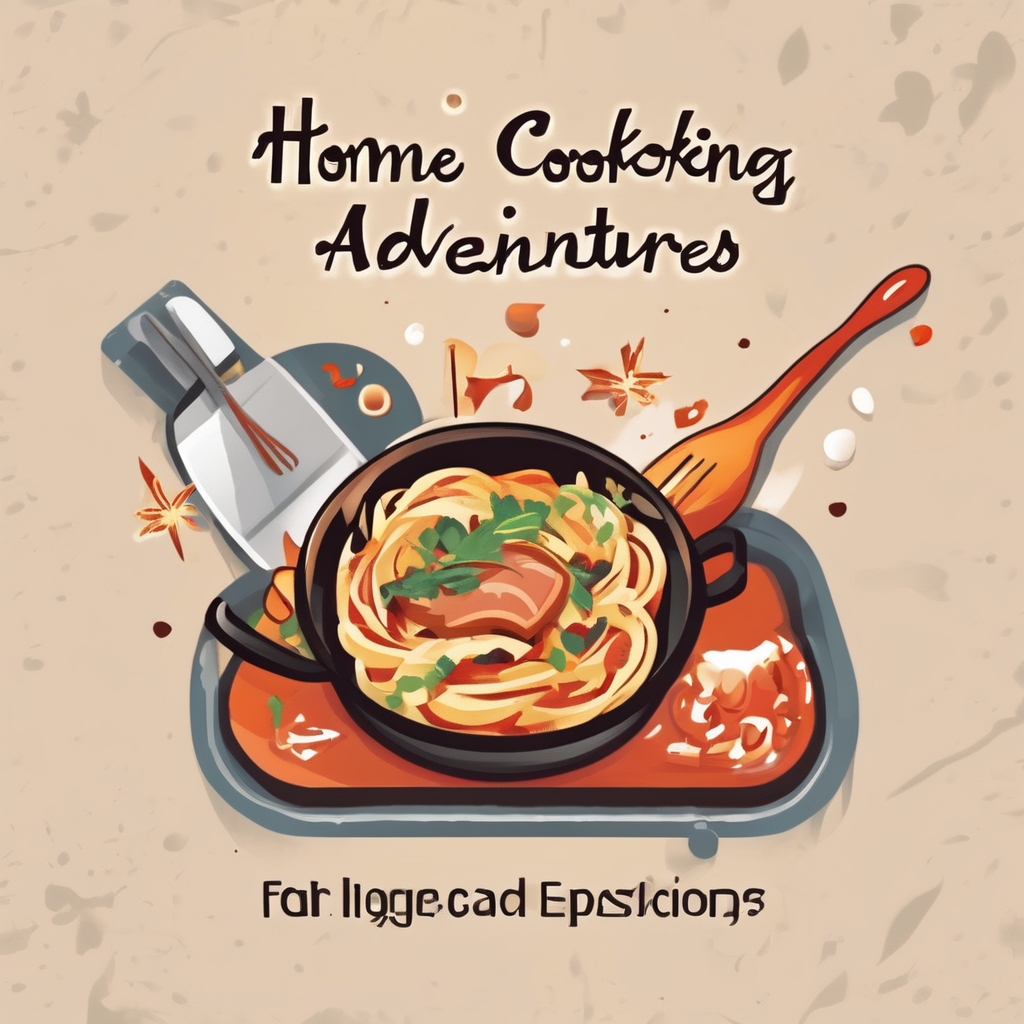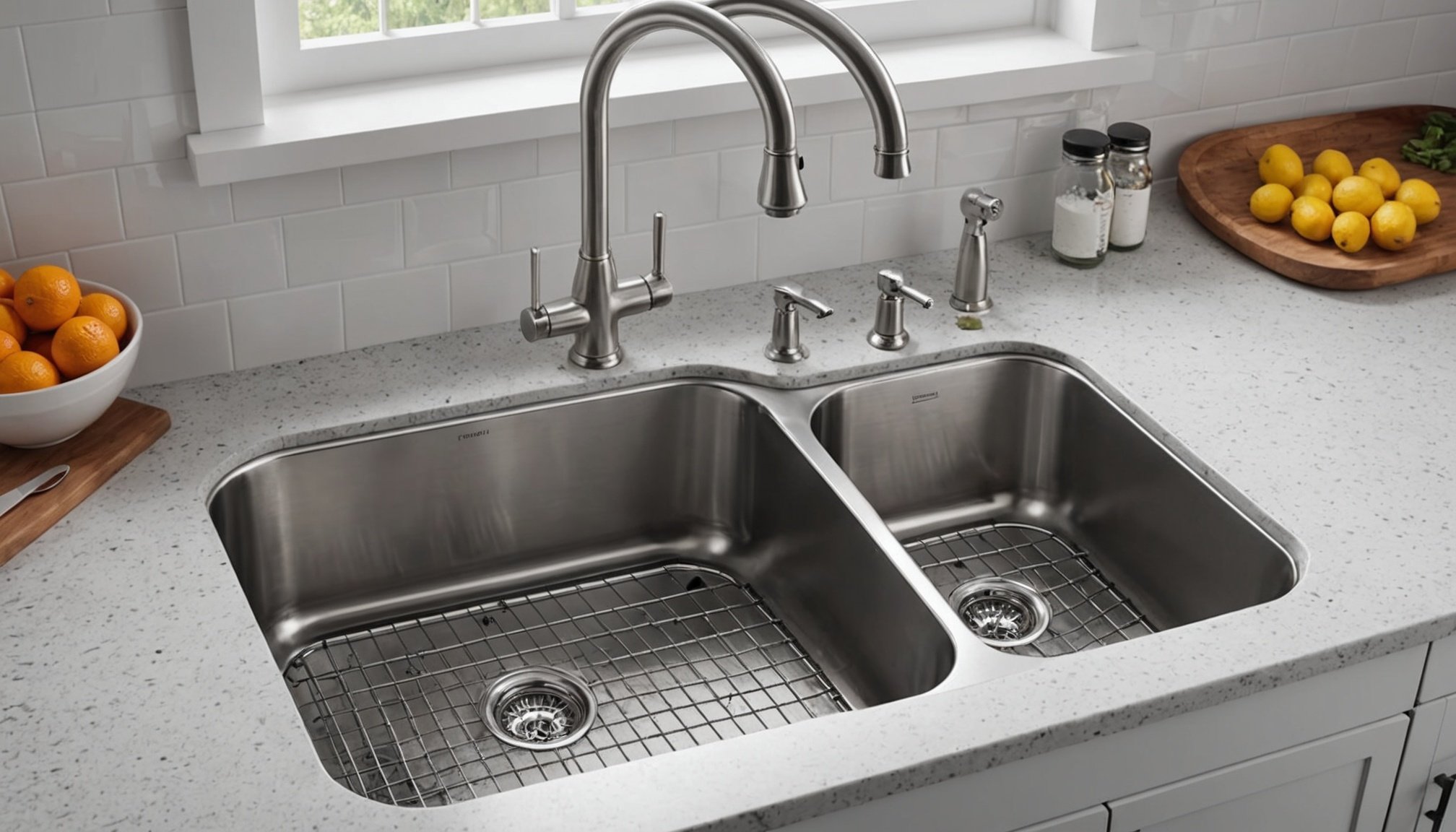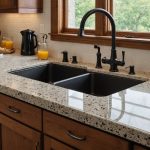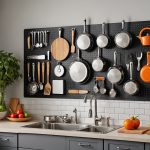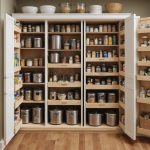When it comes to kitchen design and style, one essential element that you should not overlook is the kitchen sink. Believe it or not, the material of your kitchen sink plays a significant role in the overall aesthetics, functionality, and durability of your kitchen. Resistant is the keyword here, as anyone who spends a considerable amount of time in the kitchen knows how easy it is for sinks to get scratched or damaged.
Stainless Steel: The Traditional Choice
Stainless steel is a popular choice for kitchen sinks for a reason. This material is known for its durability and resistance to heat, stains, and, importantly, scratches.
Have you seen this : Which Dishwasher Features Are Best for Sanitizing Baby Bottles?
Aesthetically, stainless steel sinks offer a clean, professional look that fits well into many kitchen styles. They are also relatively easy to clean and maintain, making them ideal for busy households.
However, not all stainless steel sinks are created equal. When choosing a stainless steel sink, consider the gauge, or thickness, of the steel. A lower gauge means thicker steel, which will be more resistant to dents and scratches.
Additional reading : How to Choose the Best Material for a Rolling Pin That Sticks Less?
Nonetheless, while stainless steel is generally a durable and scratch-resistant option, it’s not entirely immune to these issues. Over time, minor scratches may appear, especially if you’re in the habit of dropping dishes or using abrasive cleaning methods.
Granite Composite: A Modern Alternative
If you’re looking for a material that offers a blend of durability and style, granite composite may be an excellent choice for your kitchen sink.
Composite sinks are made by combining crushed granite or quartz with a resin filler. The result is a material that has the look and feel of natural stone, but with the added benefits of being incredibly durable and resistant to scratches, stains, and heat.
Granite composite sinks come in a variety of colors and patterns, making it easy for you to find a design that fits your kitchen’s style. They also offer a unique texture that can add a sophisticated touch to your kitchen.
Despite their many benefits, granite composite sinks do have a few drawbacks. They can be more expensive than other materials, and they can also be heavier, requiring more robust support structures.
Copper Sinks: Offering A Unique Aesthetic
Copper kitchen sinks are becoming increasingly popular due to their unique style and naturally antimicrobial properties.
Copper is a relatively soft metal, which means it can scratch more easily than materials like stainless steel or granite composite. However, many people find this characteristic to be part of copper’s charm. Over time, a copper sink will develop a patina, a natural protective coating that changes the color of the copper. This patina can help mask minor scratches and gives the sink a unique, aged look.
However, copper sinks require a bit more care to maintain their look. Acidic foods and harsh cleaning chemicals can damage the patina, potentially leading to a splotchy appearance.
Stone Sinks: A Luxurious Option
For those willing to invest a bit more in their kitchen design, a stone sink can be a luxurious and highly durable option.
These sinks are often made from materials like marble or soapstone. They are incredibly resistant to scratches, heat, and stains.
However, one downside to stone sinks is their price. These sinks are often more expensive than other materials. They also require professional installation due to their weight.
While each material has its benefits and drawbacks, the best material for your kitchen sink will depend on your budget, style preferences, and how you use your kitchen. Whether you choose stainless steel for its classic look and durability, granite composite for its modern style and toughness, copper for its unique aesthetic and antimicrobial properties, or stone for its luxury and resistance, you’ll be sure to find a material that suits your needs and makes your kitchen shine.
Remember, no matter what material you choose, regular cleaning and proper care can help keep your sink looking its best for years to come.
Cast Iron: The Vintage Chic
If you are leaning towards a more vintage flair for your kitchen, a cast iron sink might be the ultimate direction for you. With their heavyweight and retro aesthetic, they are a popular choice for homeowners seeking to add a touch of nostalgia to their kitchens.
Cast iron kitchen sinks are constructed by casting iron and then coating it with a thick layer of enamel. This enamel coating combines with the iron to create a highly durable and resistant material. Cast iron sinks are praised for their longevity and their ability to resist scratches, staining, and chipping.
These sinks are also highly heat-resistant. This makes it safe for you to place hot pots and pans directly into the sink without worrying about causing any damage. This heat resistance feature of cast iron sinks is a clear advantage over other sink materials, proving it to be a worthwhile consideration for your kitchen.
Ease of cleaning is another selling point of cast iron sinks. Their smooth, glossy enamel finish makes it extremely easy to clean, a bonus for any busy kitchen. Additionally, the enamel coating comes in a variety of colors, offering more room for customization to match your kitchen’s color scheme.
However, the upside comes with a few drawbacks. Cast iron sinks are heavy, requiring solid support structures. They are also on the pricier end when compared to materials like stainless steel. Lastly, the enamel can wear down over time, leading to the exposed iron underneath rusting if not quickly addressed.
Vitreous China: The Pristine Standout
Another interesting and stylish option for kitchen sinks is vitreous china. These sinks are made by fusing a glass coating to high-quality clay at extreme temperatures, creating a shiny, non-porous surface that’s resistant to stains, scratches, and bacterial growth.
Vitreous china sinks stand out for their glossy, glass-like surface which gives your kitchen a clean, minimalist look. They are available in various styles and colors, making it easy to find a design that complements the overall aesthetic of your kitchen.
One of the key benefits of vitreous china is its ease of cleaning. Its smooth surface doesn’t absorb stains or odors, making it simple to wipe down and keep looking brand new.
However, vitreous china sinks require careful handling. Though they are scratch-resistant, they are not immune to chipping or cracking if heavy objects are dropped on them. Additionally, they can be more expensive than other sink materials.
Conclusion: Choosing the Right Kitchen Sink Material
In conclusion, the best kitchen sink material for you will depend on your unique preferences, usage habits, and budget. Consider factors such as resistance to scratches, ease of cleaning, aesthetic appeal when making your choice.
Whether it’s the sleek, professional look of a stainless steel sink, the modern style of a granite composite sink, the unique patina of a copper sink, the vintage charm of a cast iron sink, the luxury of a stone sink, or the pristine gloss of a vitreous china sink – there is a perfect sink out there for every kitchen.
Remember, regardless of the sink material you choose, proper care and regular cleaning can extend its lifespan and maintain its appeal. By considering your needs and giving thought to the material’s pros and cons, you can find a sink that not only meets your practical needs but also adds to the overall aesthetic of your kitchen.
